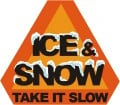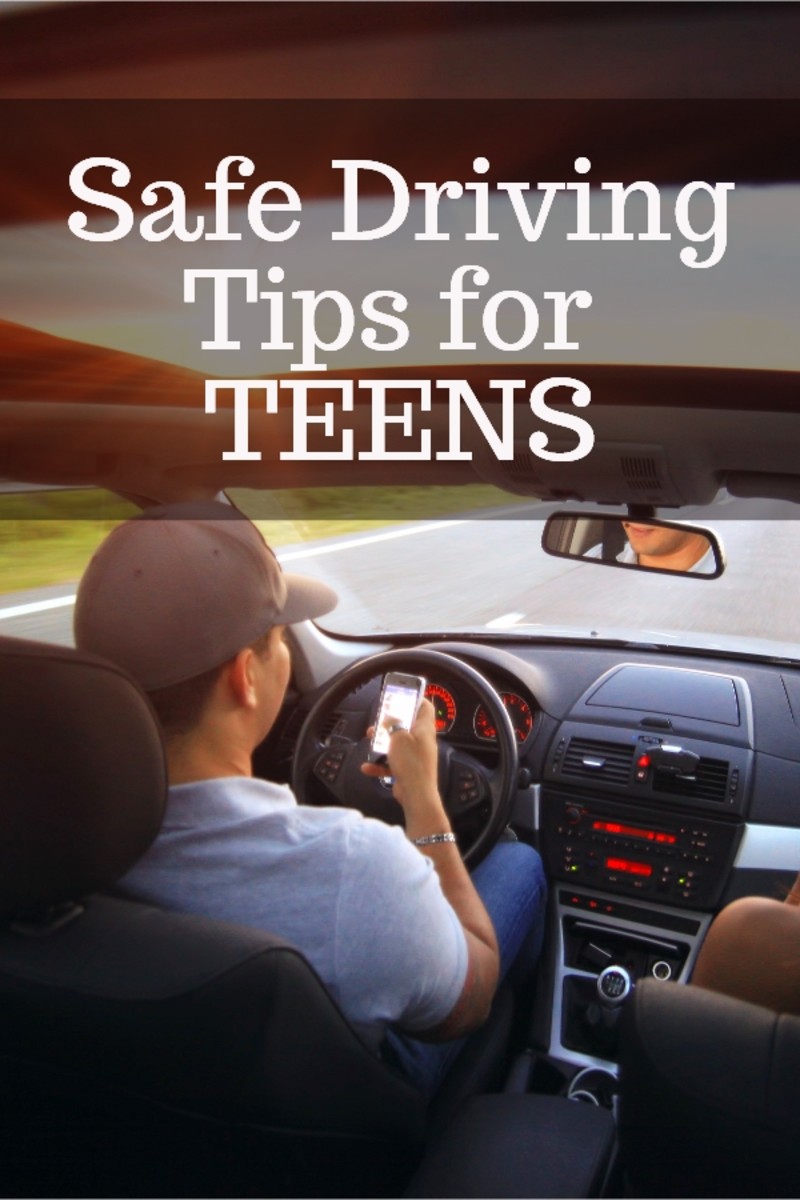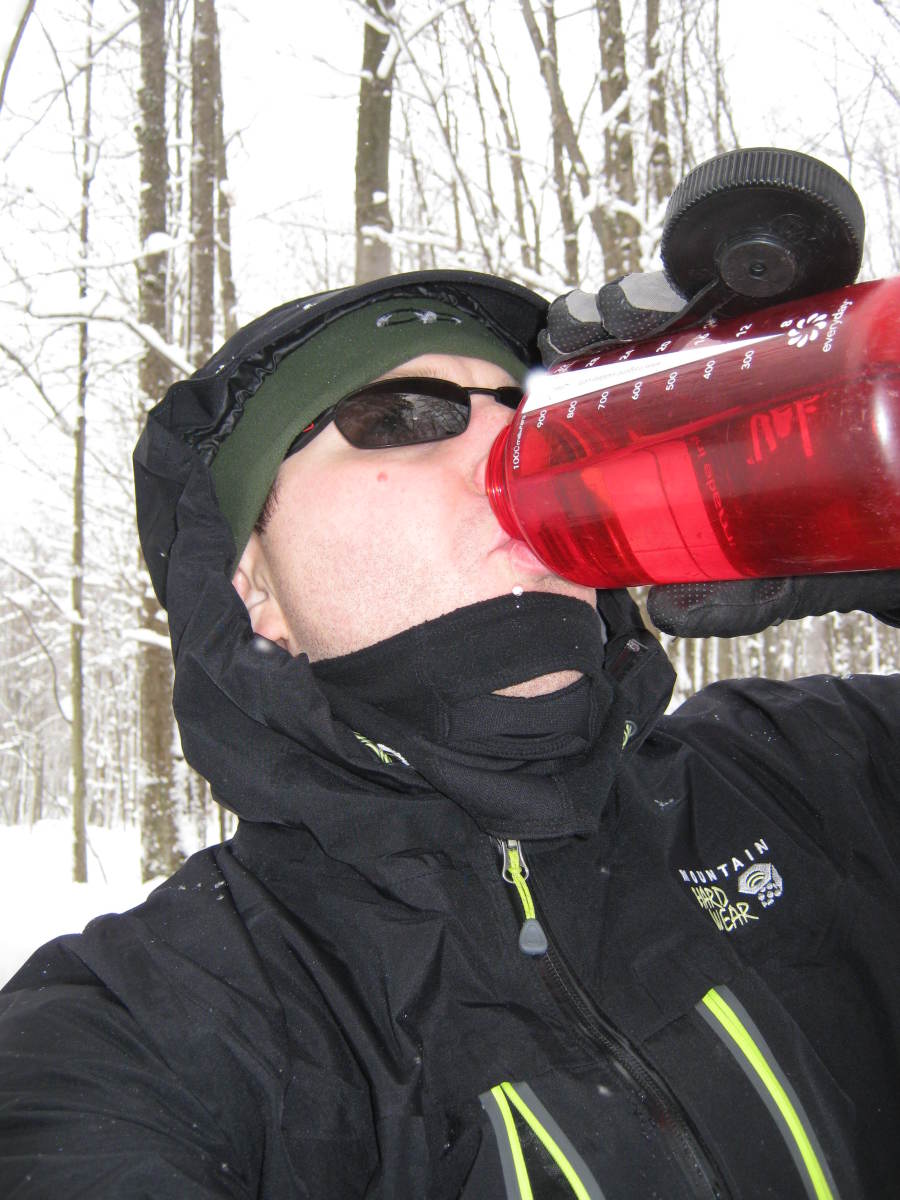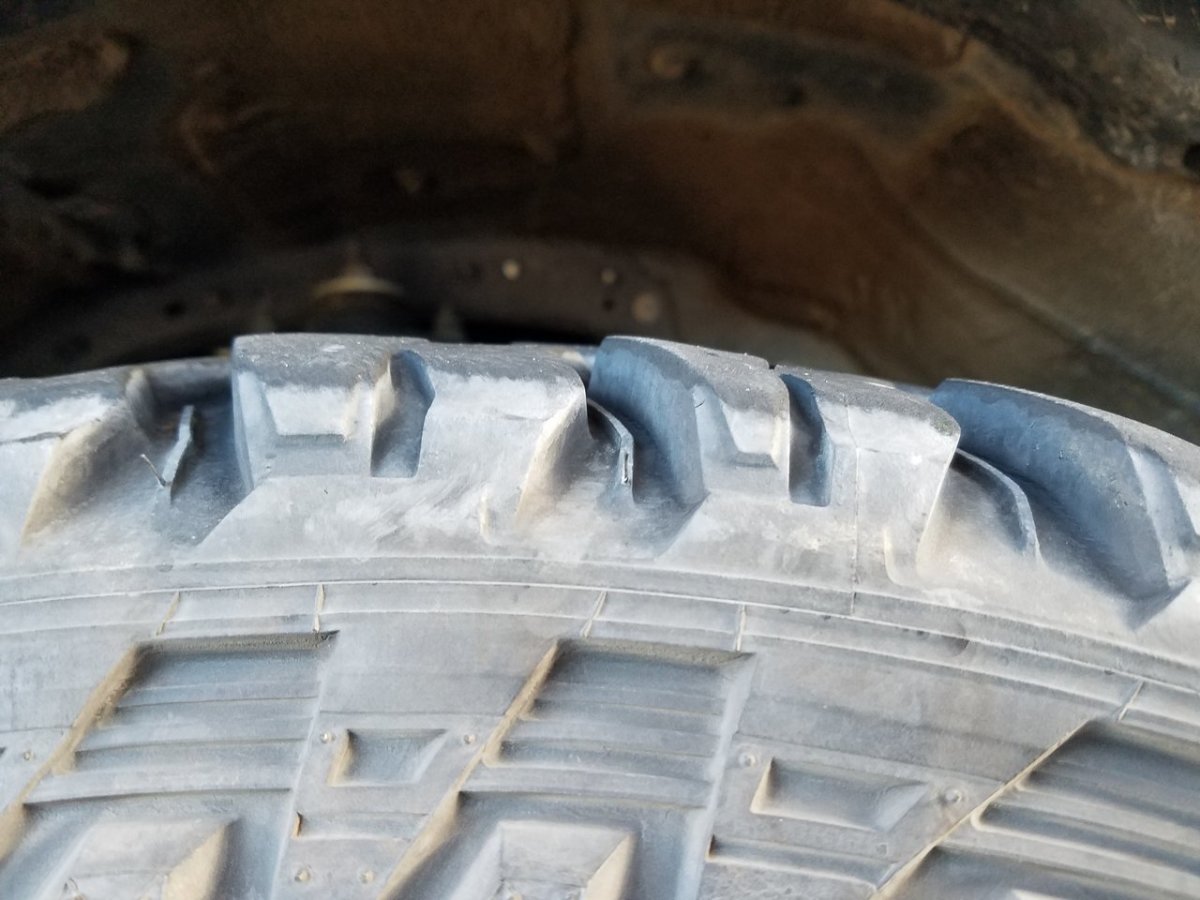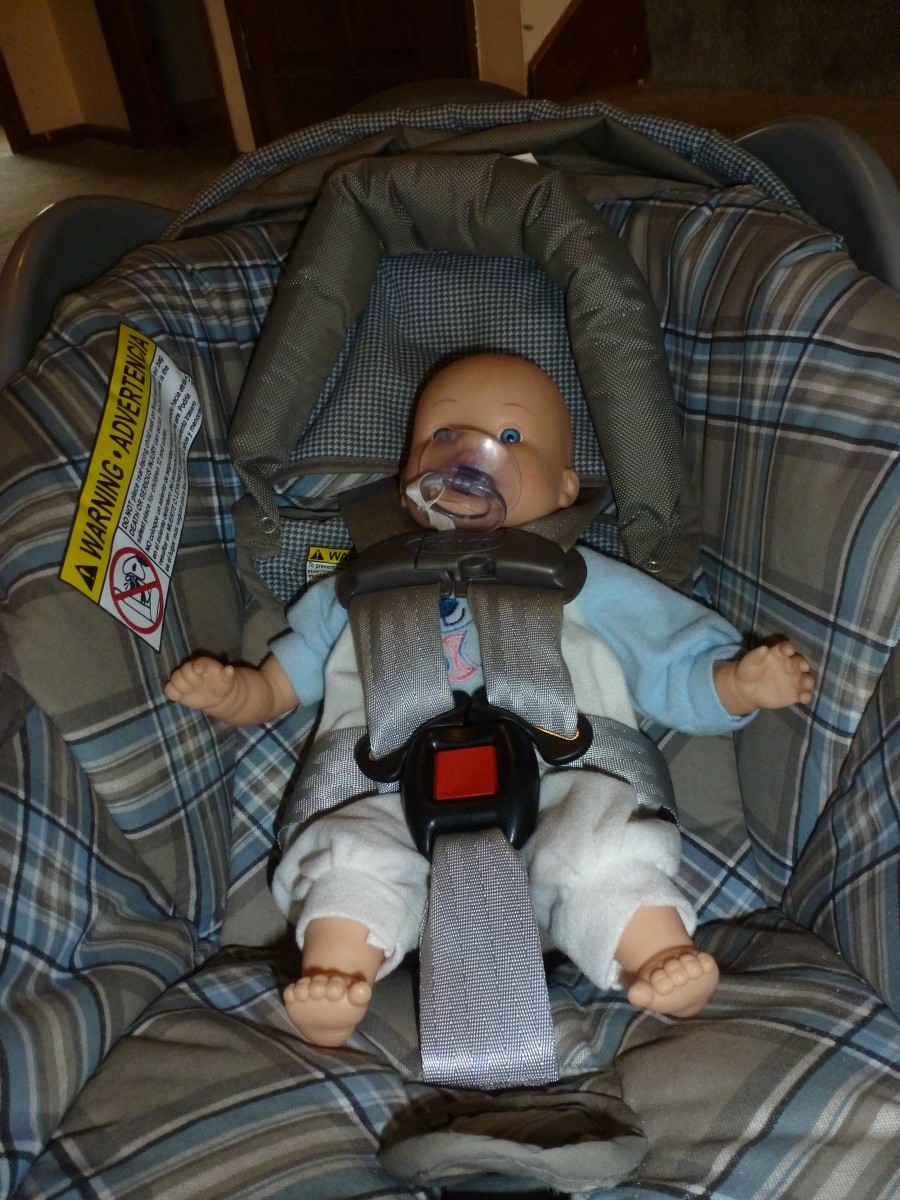Safe Driving Tips for Black Ice
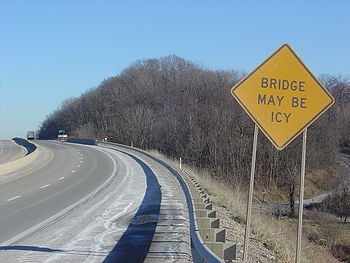
By Joan Whetzel
When cold weather hits, there's always a danger of icy roads. Even roadways in the southern states are susceptible to icy conditions, though it doesn't happen as frequently as the states that get snow, sleet, or freezing rain on a regular basis. The biggest problem with winter driving is a condition called "black ice" which is even more likely to occur on bridges and overpasses. What makes black ice particularly dangerous to drivers is that it can occur when you least expect it and that you won't even know it's there until you are skidding across it like a greased pig on oil.
What Is Black Ice?
Technically speaking, black ice isn't really black, it's clear - to the point of being invisible. Other names for black ice include "clear ice" and "sheen ice." Black ice accumulates in a thin layer with few, if any, air bubbles, making it nearly transparent. In fact, to most drivers, it simply looks like wet pavement. So when they hit the patch of ice and start slip-sliding around, they are unprepared to react. These icy conditions pose the greatest danger at night and early morning hours, when the temperatures drop, causing wet roads to freeze over.
Black Ice on Roadways
Black ice on roadways can be counteracted with salting or sanding, as sanding increases tire traction and salting lowers the freezing point of water. Salting becomes ineffective, though, when temperatures drop to 15oF (-9.44oC) or lower since it cannot reduce the freezing point of water any further. At temperatures of -18oC (-0.40F), black ice can appear on roadways from moisture (caused by car exhaust) condenses on the road surface. When such icy conditions last for prolonged periods, it cause multiple traffic accidents. Even when the air temperature is above freezing, moisture on road surfaces that are still below freezing point can cause black ice to form.
Black Ice on Bridges
Bridges and overpasses frequently freeze over in winter, even in the warmer climates of the southern states. If the temperature is at or near freezing, and the bridge or overpass has any kind of moisture on it, black ice can develop. Black ice - and even the more visible ice - forms on bridges and overpasses much sooner than it forms on land-based roadways. Roads with ground under them have that very ground to help keep them warmer. That's because it takes a long time for that hard, compacted dirt on the surface to reach freezing point. And the layers of dirt under the surface may take even longer, or they may never reach freezing, depending on the latitude north or south of the equator. That means that, because the ground is warmer than the air, it will help keep the road moisture from freezing so quickly.
Bridges and overpass, on the other hand, don't have this natural in-ground heating system. They are exposed to the air on the top and bottom surfaces of the roadway. So, as the wind blows across the bridge or overpass, it cools the top and the bottom of the roadway, rapidly bringing it to the freezing point, which in turn, causes any road moisture to turn to quickly ice over.
Safety Tips for Driving on Black Ice
There are several ways to stay safe while driving in conditions that may include "black ice":
1. Take a defensive driving course (one that offers safety training for wet and icy roads) before the cold weather hits, especially in areas regularly subject to icy roads.
2. Before heading out onto the road, call 511 or any other number that provides road conditions.
3. Watch the local news for weather updates and road conditions in your area, before leaving the house or office.
4. Apply chains or snow tires in northern climates.
5. Don't tailgate snowplows.
6. Don't pass snowplows since the road ahead of them is covered in snow no road ice will be visible.
7. Drive slower than the speed limit and maintain safe distances from other vehicles (a minimum of a 3 car distance). Also accelerate, stop, and make turns at a slower pace - kind of like driving in slow motion.
8. Plan ahead and leave early for destinations. It gives you more time to get where you are going safely and allows for getting stuck in traffic due to accidents, snow removal and de-icing trucks, and to people simply driving slower in general.
9. Assume that bridges and overpasses will have "black ice" on them and either avoid them or drive them with a great deal more caution.
10. Keep cell phones handy in case of accidents - yours or someone else's.
11. Keep emergency supplies in your car (sand, flares, booster cables, rope, ice scraper, portable radio, flashlight, blankets, warm clothes), especially when you know you will be taking roads that are not heavily travelled, as it may take a while to get help.
12. Make sure at least one other person knows where you are going and what route you plan to take to get there.
13. If an accident occurs due to black ice, stay calm and call for help.
14. Always use your seat belt. Around the holidays, State Police and city police always crack down on seat belt uses, however, drivers should always use their seat belts no matter what.
15. Don't drink and drive - especially when icy roads are a potential hazard.
16. Cars with front wheel drive get better traction than those with rear wheel drive, thanks to the weight of the engine. For those with rear wheel drive, try putting 50 to 100 pound sand bags in the trunk to add a little extra traction.
17. If you hit a patch of "black ice" and start sliding, take your foot off the gas pedal until you feel the tires grab hold of the road again, at which point you should slowly turn the steering wheel in the direction you want the car to go.
18. If you hit a patch of "black ice," don't hit the brakes.
19. Be aware of what's going on around you in traffic by checking mirrors every few seconds, by doing a head and eyeball check and being aware of your car's blind-spots. This will help you become aware of your escape routes in case other vehicles nearby hit a patch of "black ice."
20. Be especially careful and attentive to road conditions when driving at night or in the early morning hours when icy conditions are the most likely to occur.
Resources
Wikipedia. Black Ice.
http://en.wikipedia.org/wiki/Black_ice
How Stuff Works. How Driving on Ice Works.
http://auto.howstuffworks.com/car-driving-safety/accidents-hazardous-conditions/driving-on-ice3.htm
WNFB News Radio1290. Winter Safety Driving Tips.
http://wnbf.com/winter-driving-safety-tips/
Street Directory. Black Ice Driving Safety Reminders.
Minnesota Department of Transportation. Black Ice Safety Alert.

